It Takes a Few Seconds to Lose Billions – the Numbers Tell the Story
The problem of employee time theft and how to rectify it is starting to gain traction with employers across the world. As we pointed out in a recent White paper about eliminating time theft and increasing profits with PC-based biometrics, employee theft directly causes 1/3 of all corporate bankruptcies in the U.S. and of the many ways that employees bilk their employers, time theft is often considered one of the most preventable. In a fiercely competitive global economy where employee efficiency and productivity are often key catalysts in the success or failure of a business, this is a particularly important subject to understand and address.
At its core, time theft doesn’t appear to be an overly egregious violation. An employee shows up a few minutes late for work, takes 2 extra minutes for lunch or on a scheduled break each day and no one notices or really cares. After all, what’s a couple of minutes of lost time going to mean in the grand scheme of things, especially if they work for a company that realizes billions of dollars per year in revenue? Breaking down the numbers can provide a closer look at how much a few seconds or a few minutes can add up over the long term, as reported in our White paper:
“Employees taking lunch breaks just 15 minutes past their allotted time can equate to about an extra day of vacation per month, every month.”
“If every employee in a 100 employee organization took a 15 minute extended lunch each day, that would equal 1,200 free vacation days per year.”
Plugging holes in internal infrastructure can also help stop profits from bleeding due to employee time losses. If an organization uses manual login procedures, entering a personal identification number (PIN) can take a few minutes each day if you add up clocking in/out with lunch and regularly scheduled breaks. We estimated that for a company with 150 employees, this can translate into 18.5 days lost each month due to manual login procedures.
Cal Poly Pomona University recently switched over to using a PC-based biometric time and attendance interface and estimated that it saved their employees at least 2-3 minutes per day and boosted productivity significantly.
If you have not had the opportunity to review our White paper, it’s an easy read and will leave you smarter about the topic of strategies to eliminate time theft and boost employee productivity and accountability. The numbers tell the story.
What other strategies have you used to help lower time lost for your employees that have been successful?
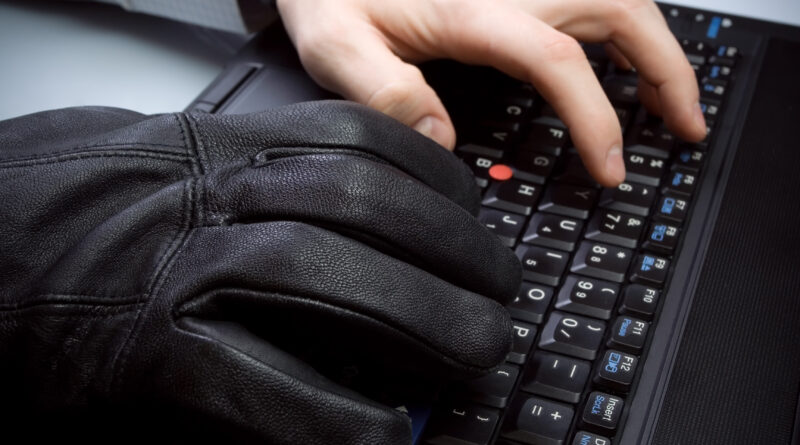
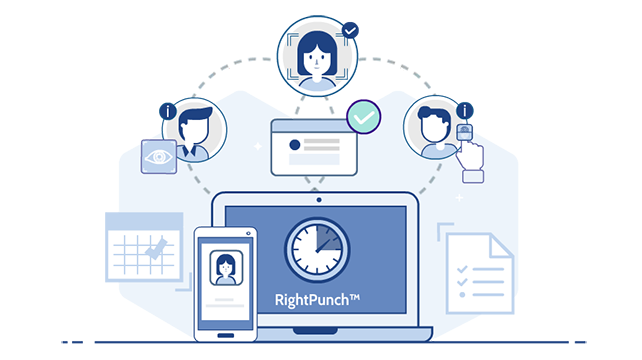

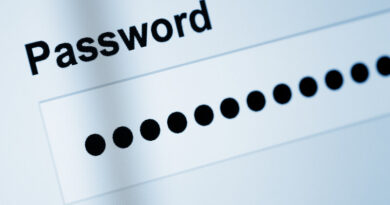


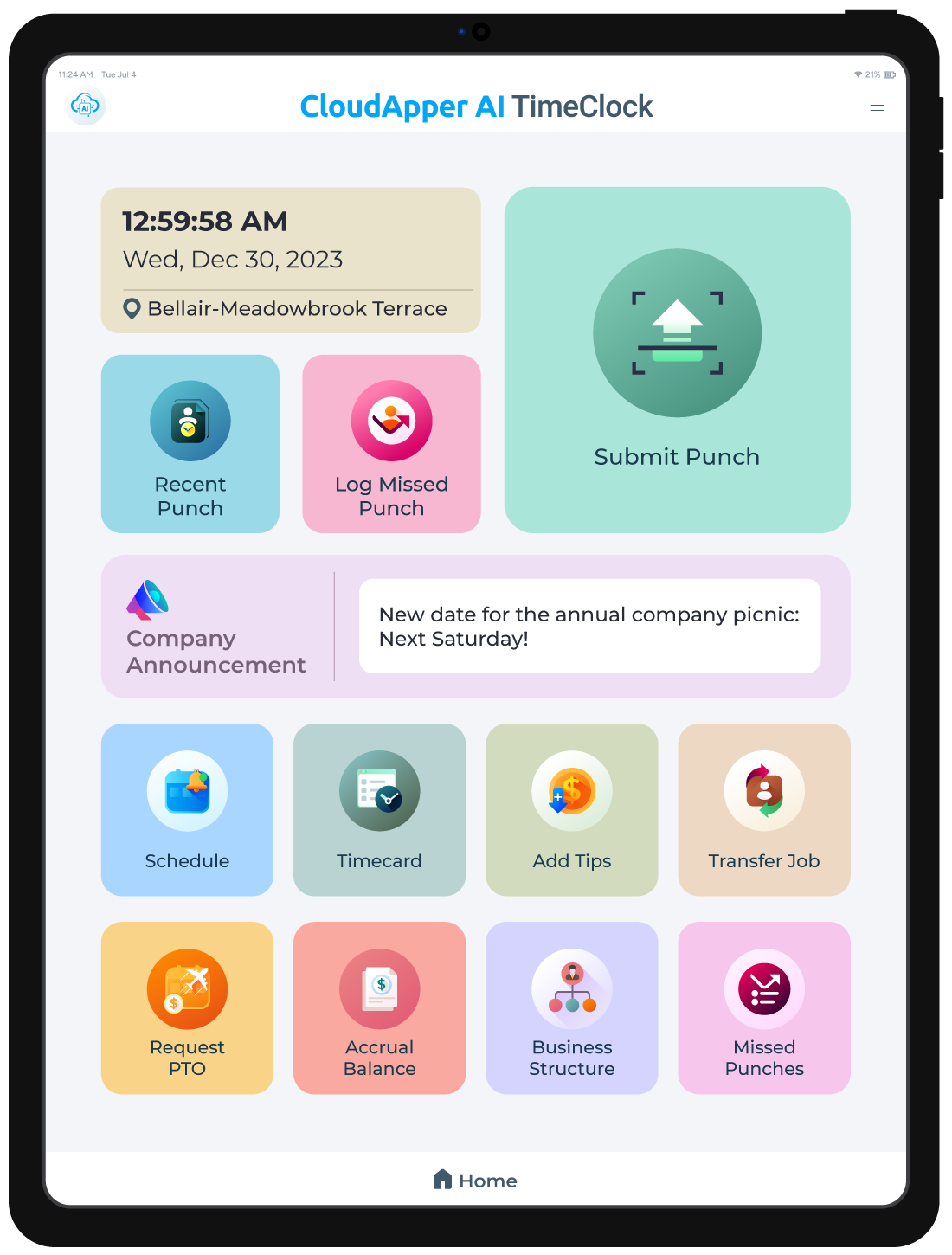

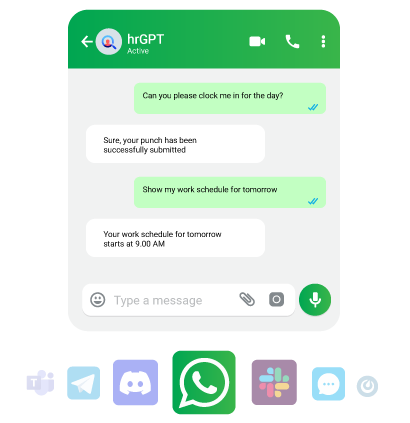

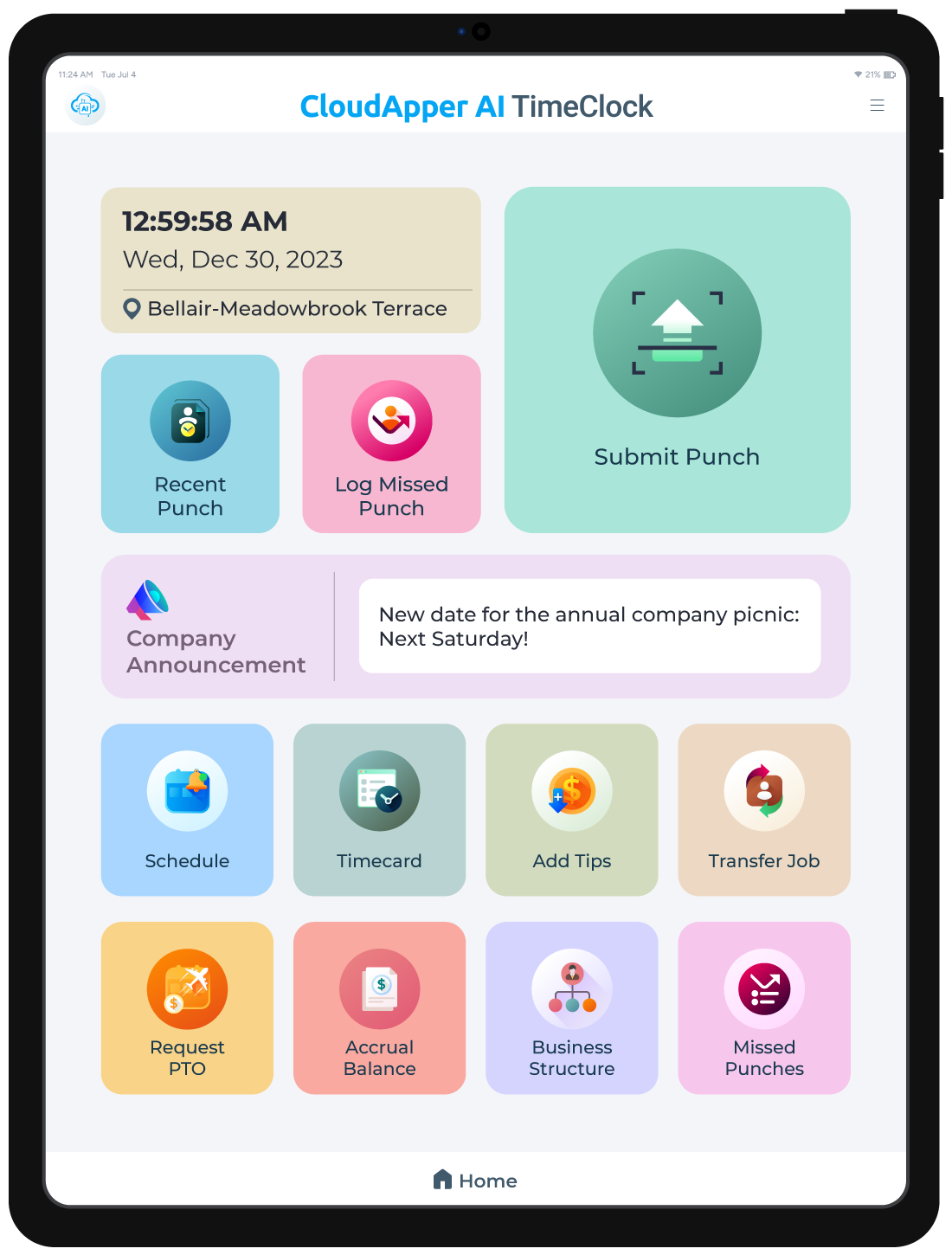
Whilst I am
a strong advocate of biometric technology, I am not convinced by such an
application of the technology.
In today’s
complex labour market, employee productivity cannot be measured by minutes /
hours on the job or at the desk. I’m sure we all know individuals who
accomplish more in 3 hours than others do in an entire day. They key to
maximising productivity in the workforce I believe starts with investigating
what makes these employees tick. Mental wellbeing in the workforce, employee
satisfaction and fulfilment and a sense of empowerment all provide a sense of
individual contribution, which ultimately is a powerful factor in determining
employee productivity.
There have
been numerous psychological studies focussing on employee productivity in the
workplace. While such technology may be applicable to positions involving rote, repetitive tasks, it has become clear that any role requiring thought,
problem solving and inspiration can be significantly enhanced by providing the individual
a level of autonomy, and synchronising that autonomy with the overall corporate
objective. In fact, it has been shown
that by far the greatest way to increase employee productivity is to instil in
them a realisation that what they are doing is important, and makes a
difference.
I think
there is a risk that by increasingly focussing on monitoring our employees, we
are implicitly telling them that we don’t trust them, which will only server to
demotivate a workforce. When I’ve managed staff, I’ve always found the best
ways to obtain results was to provide clear and consistent objectives in line
with the individual’s capabilities, ensure they realise why obtaining meeting
their objectives is important, and then to measure and reward them based upon the
timeliness and quality of their delivery. I really wasn’t bothered by how long
they sat at their desk.
Increasingly,
many of the world’s most successful organisations are doing away with the time
clock altogether and focussing their limited resources on investing in staff
motivation, wellbeing and satisfaction.
Lastly, to
be clear, I am not anti-biometrics, and in fact make my living in the
biometrics industry.
Carl
https://allevate.com
Thanks for your comments Carl, we appreciate your point of view.
You bring up some very good points in your comments, many of which I agree with but I after reading them I think that the environment you are describing is more of a salaried based position than hourly which does not have as much applicability for using biometric technology for time and attendance. In hindsight, perhaps I should have been more clear that this post (and our white paper) was more applicable to the hourly rather salaried employee but I thought that was inherent in the information provided.
You bring up a good point about investigating what makes an employee tick, that is a valid goal for an employer but how realistic is this in say, a retail environment where there is a high degree of turnover? Beyond an initial overview of company policy and distribution of employee guidelines, I am not sure that a retailer is open and willing to investing the time or resources into the suggestions that you point out simply because they will find themselves chasing their tails and wasting money and time that can otherwise be spent in other areas where a higher percentage of employees show greater loyalty. Let’s face it, as utopian as we want to paint this picture, the bottom line is increasing profits and (for public companies), pleasing the shareholders.
Also, in my opinion there is a distinct difference between monitoring and holding someone accountable for their actions. I agree with you — employees should not be given the idea that they aren’t trusted by instituting monitoring platforms, but the example that you offer seems to be applicable to corporate desk jobs, not high paced, intense environments (once again, retail is a good example) where productivity and accountability are more coveted from the very start and organizations can’t afford the luxury of easing someone into a role with the pace that I feel that you are describing.
Finally, in relation to hourly employees, I have to disagree you with on your last point about doing away with time clocks. I think that the reverse is true. In our experience, more companies are actually upgrading their time clocks and adopting modern technologies such as biometrics to properly keep track of time and attendance. Your point may ring true for salaried employees but hourly employees simply do not carry the same weight in loyalty and we have seen time and again that these companies are unwilling to invest in the types of strategies you describe in your comments because of this.
Once again, appreciate the comments.
Thanks, John
One last
comment…
I may not
have been clear. My post was in response
to the premise of your article that employee productivity is a key driver to
deploy these systems.
Whilst there
are many requirements that may drive the adoption of such technology (you
mention accountability for example), I think there are many other valid and
perhaps more effective approaches to increasing employee productivity.
There are many circumstances where rigorous time and attendance is appropriate and required.
Thanks for
your reply, and your thought provoking article.
Carl
Pingback: Does Being Overly Productive Absolve an Employee from Time Theft? - M2SYS Blog On Biometric Technology